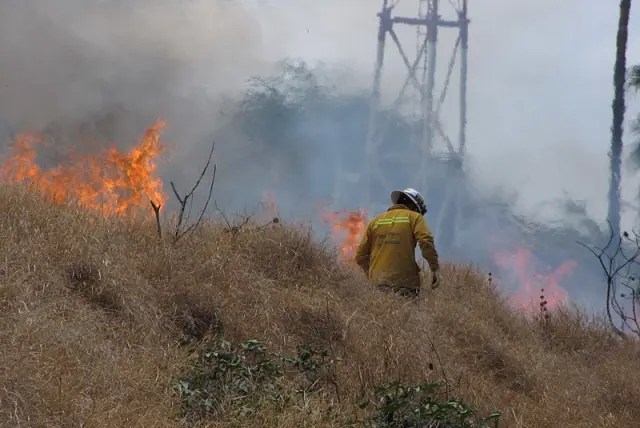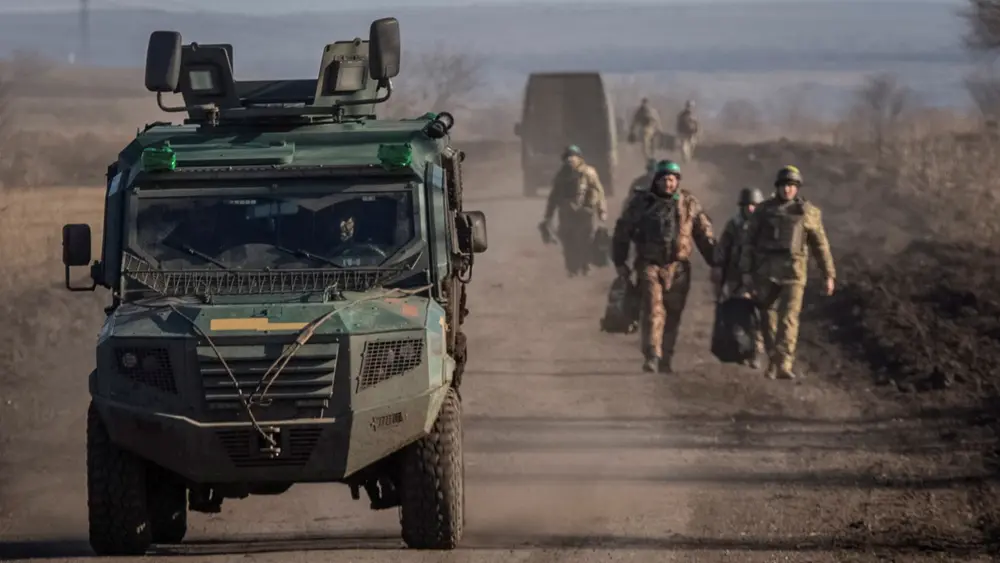The death toll from the Maui wildfires reached 93 on Sunday as relatives of the missing frantically searched for signs their loved ones may still be alive, while survivors grappled with the scale of the disaster and sought solace at church services, according to Reuters.
Days after the inferno destroyed much of the historic resort town of Lahaina on Tuesday and Wednesday, crews of firefighters were still battling flare-ups, and cadaver dogs were sifting through the town's charred ruins in search of victims.
The death toll made the blaze Hawaii's worst natural disaster, surpassing a tsunami that killed 61 people in 1960, a year after Hawaii became a U.S. state.
It was also the largest number of deaths from a U.S. wildfire since 1918, when 453 people died in the Cloquet fire in Minnesota and Wisconsin, according to data from the National Fire Protection Association.
Many of the survivors took to Sunday church services, including Akanesi Vaa, 38, who said her family got stuck in traffic while trying to escape the flames.
Scott Landis, pastor at Keawal'i Church, a United Church of Christ congregation in Makena, said an unusually large crowd of 100 showed, nearly double what he would have expected on a typical Sunday in August.
"They were really listening. You could tell people were here, looking for a word of hope," Landis said.
Among them were people who have family and friends unaccounted for, and they are "fearing the worst" he added.
Clinging to hopes of finding missing survivors, people sifted through a crowd-sourced online database listing thousands of names of individuals who had been found as well as of those who remained unaccounted for.
Family and friends mobilized on social media, sharing information about their missing loved ones, asking for help in locating them. Hundreds of people were still missing, though a precise count remained unclear.
Hawaii Governor Josh Green again vowed to investigate the response to the blaze and the emergency notification systems after some residents questioned whether more could have been done to warn them.
Some witnesses said they had little warning, describing their terror as the blaze destroyed the town around them in what seemed to be a matter of minutes. Others dove into the Pacific Ocean to escape.
Sirens stationed around the island, intended to warn of impending natural disasters, never sounded, and widespread power and cellular outages hampered other forms of alerts.
"We'll know soon whether or not they did enough to get those sirens going," Green told MSNBC.
The cost to rebuild Lahaina was estimated at $5.5 billion, according to the Federal Emergency Management Agency (FEMA), with more than 2,200 structures damaged or destroyed and more than 2,100 acres burned.










Trackbacks and Pingbacks